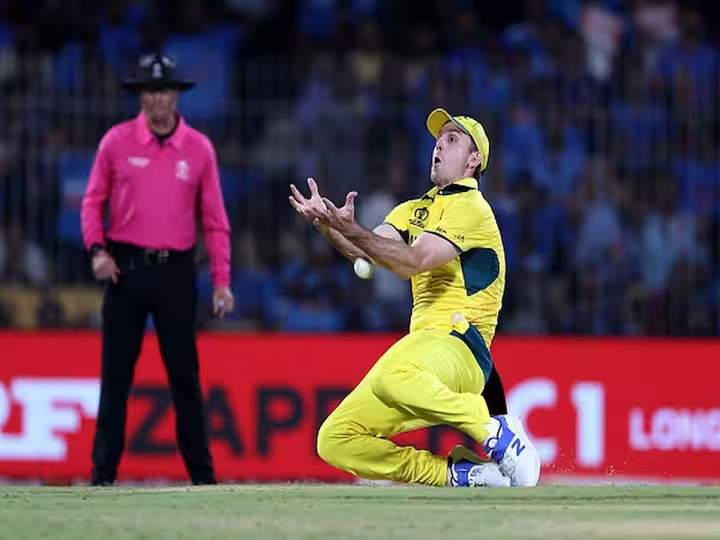India defeated Australian by six wickets in their first World Cup match on Sunday. The partnership between Virat Kohli and Lokesh Rahul, which yielded 165 runs, played a crucial role in India’s victory.
Meanwhile, after the defeat, Australian fast bowler Josh Hazlewood made a significant statement. He stated that Mitchell Marsh’s dropped catch of Virat Kohli did not impact their defeat. Instead, bowlers like Kuldeep Yadav proved to be troublesome for them. Virat Kohli had a stroke of luck when he was dropped by Australian opener Mitchell Marsh in the eighth over of India’s innings. The ball had hit Virat’s bat and went high in the air, and both Mitchell Marsh and Alex Carey attempted to take the catch. However, Mitchell Marsh, who had reached the ball, dropped what should have been an easy catch. At that point, Virat Kohli was on 12 runs. He went on to score 85 runs, ultimately sealing India’s victory.
Hazlewood clarified that Mitchell Marsh’s dropped catch was not the reason for Australia’s defeat. He mentioned that he didn’t think Alex Carey could have reached the catch, and it was Mitchell Marsh’s catch to take. Hazlewood acknowledged that such incidents are part of cricket and emphasized that everyone is putting in their best efforts and will continue to do so. After bowling out Australia for 199 runs, India faced a challenging start, losing three wickets in the first two overs. Hazlewood pointed out that if Kohli had been dismissed during that phase, India’s situation could have worsened to 4 for 20.
Hazlewood also praised Australia’s performance with the new ball, recognizing that they had a strong start. They were aware of the challenges spinners would pose, but the partnership between Kohli and Rahul was commendable. Additionally, Hazlewood lauded the Indian bowlers, especially Kuldeep Yadav, for their performance. Kuldeep Yadav had taken two wickets, including that of David Warner, and had been bowling well for the past one and a half years. Hazlewood noted that Yadav’s bowling was difficult to play due to its variety, and all three Indian spinners had distinct styles and adapted their bowling accordingly.


